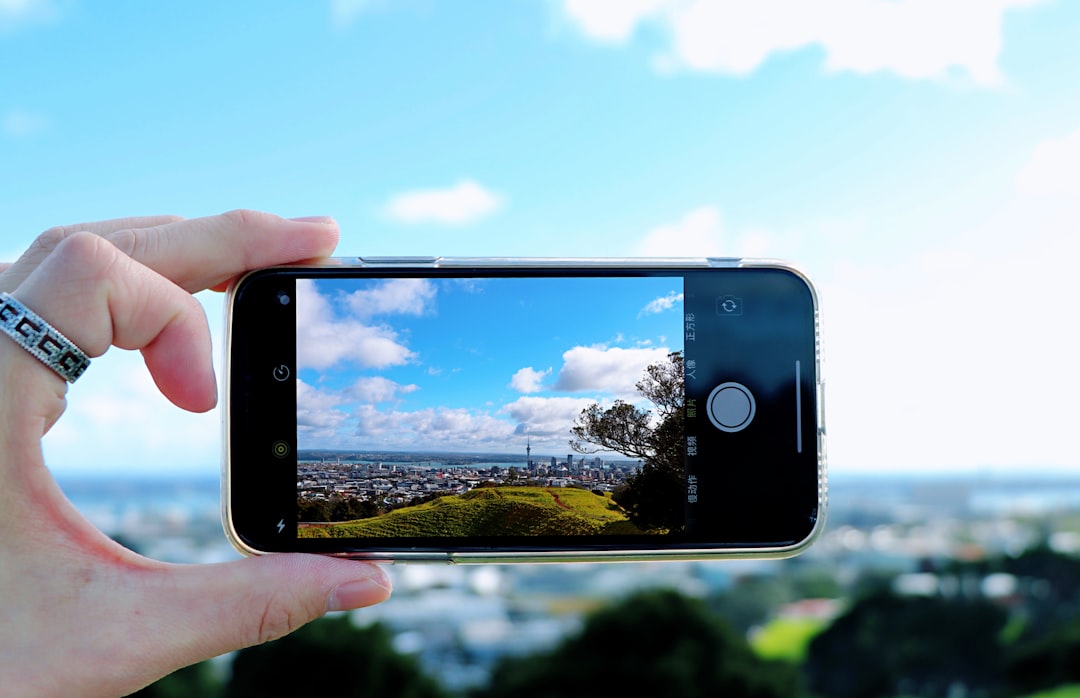In the vast world of social media, it’s easy to take platforms like Snapchat for granted. However, every trendsetting app has its origins—and Snapchat’s story is one of vision, innovation, and cultural resonance. This app redefined how people communicate, especially among younger audiences who craved more fleeting and authentic interactions. But have you ever wondered when Snapchat was actually created and how it evolved to become one of the most popular social media platforms globally?
The Inception of Snapchat
Snapchat was created on July 8, 2011, by three Stanford University students: Evan Spiegel, Bobby Murphy, and Reggie Brown. The idea was sparked when Reggie Brown mentioned to Spiegel the concept of sending photos that would disappear. Initially named “Picaboo”, this version of the app allowed users to send self-deleting photos to their friends. However, the beginning wasn’t entirely smooth.
Shortly after its release, Picaboo didn’t gain much traction. In fact, it was removed from the App Store temporarily due to internal disputes among the founders, especially between Brown and the two others. Eventually, Picaboo was rebranded to what we now know as Snapchat.
The Timeline of Snapchat: Key Milestones
Snapchat’s evolution over the years is filled with innovation and bold new features that caught the attention of the world. Here’s a look at some of the most important moments in Snapchat’s history:
- July 2011 – Creation of Picaboo: The app that would later become Snapchat was launched under the name Picaboo.
- September 2011 – Rebranding to Snapchat: After initial setbacks, the app is relaunched as Snapchat.
- October 2012 – Video Snaps Introduced: Users could now send short videos in addition to photos.
- May 2013 – Snapchat Stories: A revolutionary feature that allowed users to post Snaps that would be visible for 24 hours.
- November 2013 – Snapchat Rejects Facebook’s Offer: Facebook offered to buy Snapchat for $3 billion. Evan Spiegel famously declined.
- October 2014 – Our Story: Snapchat started curating user Snaps into a collective story around events.
- September 2015 – Lenses Launch: Face-tracking filters were introduced, becoming an instant hit among users.
- March 2017 – Snapchat IPO: Snap Inc. became a publicly traded company, listed on the New York Stock Exchange.
- 2018 and Onwards – Augmented Reality, Originals, and Collaborations: Snapchat kept pushing the envelope with AR technology, original video content, and third-party app integrations.

The People Behind the Magic
The trio of Evan Spiegel, Bobby Murphy, and Reggie Brown are the minds behind Snapchat. Initially, Spiegel served as CEO and was known for his visionary ideas and entrepreneurial mindset. Murphy, on the other hand, was the technical mastermind, serving as the developer who helped build the app’s functionality. Reggie Brown, though eventually cut out of the company, was the person who originated the concept of disappearing photos, for which he later received a settlement.
The dynamic combination of design, technical ability, and vision set the early stage for Snapchat’s unique identity among social networks.
Why Snapchat Was a Game-Changer
Snapchat’s core idea of self-destructing messages was like nothing the digital world had seen before. At a time when permanence was the default—think Facebook timelines and Instagram galleries—Snapchat offered impermanence and in-the-moment communication.
Some groundbreaking aspects included:
- Ephemeral Messaging: Messages, photos, and videos that disappeared after being viewed.
- AR Filters and Lenses: Using advanced image processing to animate faces and surroundings.
- Snap Map: A feature allowing friends to share and locate each other’s geographical location in real time.
- Bitmoji Integration: Personalized cartoon avatars became a core part of the Snapchat identity.

Snapchat’s Cultural Impact
Snapchat didn’t just change how people communicated—it also transformed pop culture, media, and advertising. The ephemeral nature of Snaps made them ideal for more casual and honest content, as opposed to the polished images favored by other platforms.
Moreover, Snapchat became a breeding ground for new kinds of content. From influencers sharing unfiltered moments to major brands launching exclusive promotions, the app created an entirely new category of marketing. Its vertical video format also influenced other platforms like Instagram and TikTok to adopt similar structures.
Snapchat also managed to tap into global issues like digital wellbeing by offering features like “Here For You”, which provided mental health support and resources directly in the app.
Challenges Faced Along the Way
While Spiegel and his team brought many successes to Snapchat, the journey was not without obstacles. Some major challenges included:
- Intense Competition: Companies like Facebook aggressively copied Snapchat features, such as Stories, across their platforms.
- User Backlash: Design overhauls, particularly the 2018 redesign, led to widespread criticism and even a public outcry from influencers like Kylie Jenner, which reportedly caused a dip in Snap Inc.’s stock price.
- Growth Concerns: At times, Snapchat struggled to show consistent user growth compared to competitors like Instagram and TikTok.
Despite these hurdles, Snapchat has continued to experiment and innovate, ensuring that it remains relevant in the fast-paced tech world.
Snapchat Today
As of today, Snapchat boasts over 750 million monthly active users around the world. It has expanded from a simple photo-sharing app to a multifaceted platform that offers:
- Augmented Reality experiences
- Snap Originals – short, episodic shows
- Mini apps and games within Snapchat
- Discover – a content platform for media partners
- Shopping features integrated with AR try-on experiences
Its focus on privacy, self-expression, and innovation has allowed Snapchat to stand strong amid aggressive competitors and shifting internet trends.
Looking Forward
The future of Snapchat looks promising. With steady investments in AR, partnerships in fashion and tech, and a renewed push towards original content and creator tools, Snapchat is not just keeping up—it aims to lead.
Whether it’s through digital fashion, realistic augmented reality filters, or breakthrough AI integrations, Snapchat continues to ride the wave of next-generation tech innovation.
Conclusion
Snapchat’s journey from a college dorm room idea to a billion-dollar publicly traded company is nothing short of extraordinary. Created in July 2011 as Picaboo, and reborn as Snapchat just a few months later, it has become a cornerstone of digital communication for millions.
Through a combination of unique features, innovative technology, and a constant connection to youth culture, Snapchat revolutionized how we share our world—one Snap at a time.
yehiweb
Related posts
New Articles
Jellyseerr Unable to Connect to Jellyfin Server? Fix It
Imagine this: you’re excited to watch your favorite media collection using Jellyseerr, a powerful request management system for Jellyfin, but…

![When Was Snapchat Created? [History & Timeline]](https://yehiweb.com/wp-content/uploads/2025/08/black-nasa-printed-phone-case-near-macbook-pro-unpluq-tag-keychain-smartphone-apps-1080x675.jpg)
